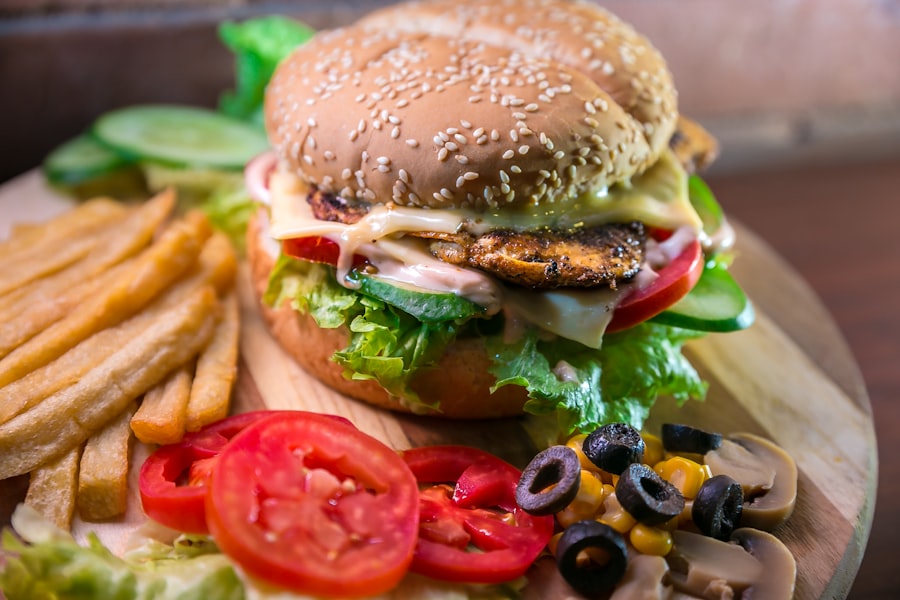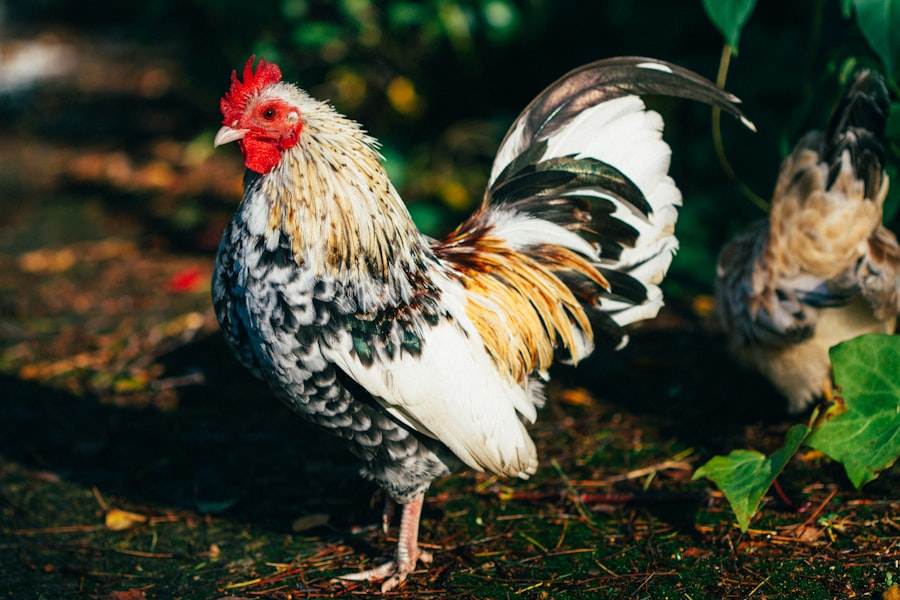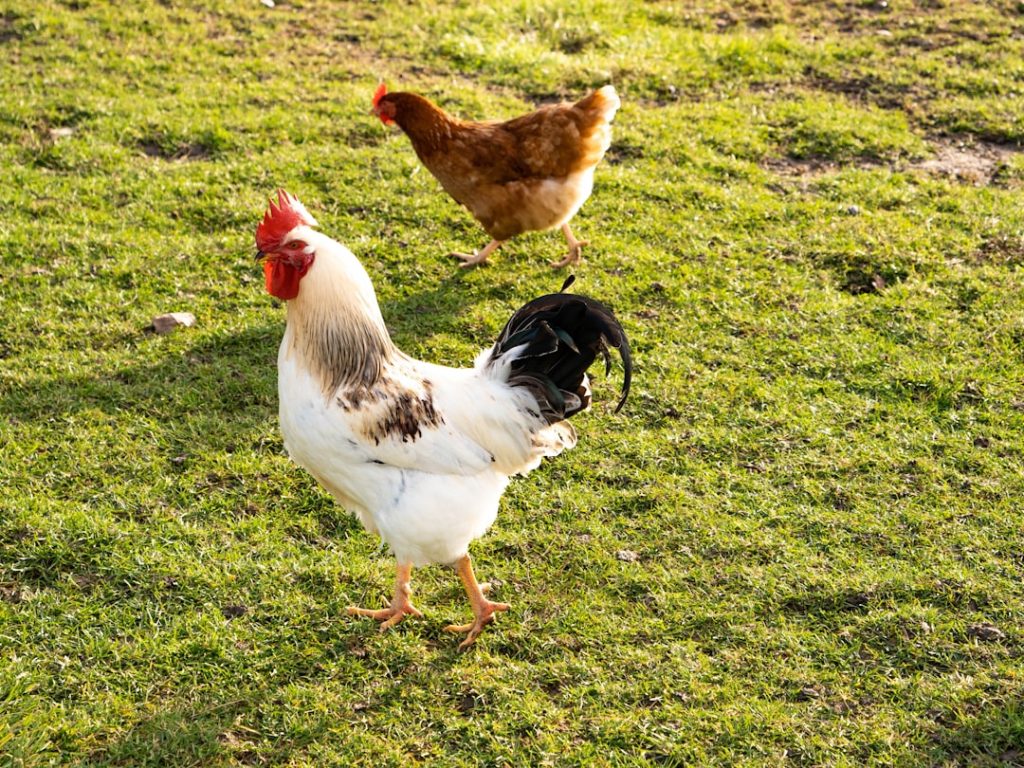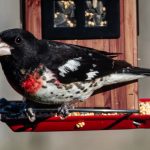Head stability is a critical component of a chicken’s overall health and functionality. Chickens require stable head and neck control for essential activities including foraging, eating, preening, and maintaining balance. In natural environments, chickens depend on head stability to navigate their surroundings, detect potential threats, and interact with other members of their flock.
The mechanisms and factors contributing to head stability in chickens are important areas of study, as this knowledge can be applied to improve chicken welfare and optimize their behavior in various settings such as commercial farms, backyard coops, and research facilities. Understanding head stability is crucial for ensuring the well-being of chickens in both domestic and wild environments.
Table of Contents
Key Takeaways
- Chicken head stability is crucial for their overall well-being and behavior.
- The anatomy of a chicken’s neck and head plays a significant role in maintaining head stability.
- Mechanisms such as muscles and tendons are responsible for ensuring head stability in chickens.
- Factors like genetics, nutrition, and environmental conditions can affect head stability in chickens.
- Understanding the importance of head stability can lead to better welfare and behavior management for chickens.
Anatomy of a Chicken’s Neck and Head
The Neck Structure
The neck of a chicken is composed of a series of cervical vertebrae that are relatively long and flexible, allowing for a wide range of motion. The head is supported by these vertebrae and is connected to the body through a complex network of muscles, tendons, and ligaments.
The Skull and Sensory Features
The skull of a chicken is relatively small and lightweight, with a beak that is adapted for pecking and grasping food. The eyes are positioned on the sides of the head, providing a wide field of vision, which is essential for detecting potential threats in their environment.
Muscles and Stabilization
The neck muscles of a chicken are well-developed and provide the strength and flexibility needed for various head movements. Additionally, the tendons and ligaments in the neck play a crucial role in stabilizing the head during different activities.
Mechanisms for Head Stability in Chickens

Head stability in chickens is achieved through a combination of anatomical features, muscular control, and sensory feedback. The cervical vertebrae in the neck allow for a wide range of motion, enabling chickens to move their heads in different directions to scan their surroundings and interact with objects. The muscles in the neck provide the necessary support and control for these movements, allowing chickens to maintain stability while pecking, preening, or engaging in social interactions.
Furthermore, the sensory organs in the head, such as the eyes and ears, play a crucial role in providing feedback to the chicken’s brain about its head position and orientation. This sensory feedback helps chickens adjust their head movements to maintain stability and balance in various situations.
Role of Muscles and Tendons in Head Stability
The muscles and tendons in a chicken’s neck play a critical role in maintaining head stability during different activities. The neck muscles provide the necessary strength and control for various head movements, such as pecking, grooming, and scanning the environment for food or potential threats. These muscles work in coordination with each other to ensure smooth and precise movements of the head.
Additionally, the tendons and ligaments in the neck provide support and stability to the cervical vertebrae, allowing for controlled and balanced movements of the head. The intricate network of muscles, tendons, and ligaments in the neck of a chicken enables it to maintain stability while engaging in essential behaviors for survival and well-being. Furthermore, the development and conditioning of these muscles and tendons are influenced by the chicken’s overall health, diet, and physical activity.
Proper nutrition and regular exercise are essential for maintaining the strength and flexibility of these structures, which directly impact the chicken’s ability to maintain head stability. Additionally, injuries or abnormalities in the muscles or tendons can affect a chicken’s head stability and overall mobility, highlighting the importance of proper care and management of these anatomical features.
The Importance of Head Stability for Chickens
Head stability is crucial for chickens as it directly impacts their ability to perform essential behaviors such as feeding, drinking, grooming, and social interactions. Chickens rely on their head stability to accurately peck at food items, grasp objects, preen their feathers, and communicate with other chickens through various visual signals. Furthermore, head stability is essential for maintaining balance and coordination during locomotion, perching, and other physical activities.
A stable head also allows chickens to effectively scan their environment for potential threats or opportunities, contributing to their overall safety and well-being. Moreover, head stability plays a significant role in the overall welfare of chickens. A stable head allows chickens to engage in natural behaviors with ease and comfort, contributing to their mental and physical health.
Additionally, head stability is essential for minimizing stress and discomfort in chickens, as it enables them to navigate their environment confidently and efficiently. Therefore, understanding the importance of head stability for chickens is crucial for promoting their welfare and optimizing their behavior in various settings.
Factors Affecting Head Stability in Chickens

Genetic factors can impact the development and structure of a chicken’s neck muscles, tendons, and ligaments, which can affect its overall head stability. Additionally, age-related changes in muscle tone and flexibility can influence a chicken’s ability to maintain head stability as it grows older.
Health Status and Head Stability
The health status of a chicken can significantly impact its head stability. Nutritional deficiencies or metabolic disorders can affect the development and function of the muscles and tendons in the neck, leading to reduced head stability. Injuries or diseases affecting the neck or head can also impair a chicken’s ability to maintain stability during various activities.
Environmental Conditions and Management Practices
Environmental conditions such as housing design, space availability, flooring surfaces, and temperature can also affect a chicken’s head stability. Proper environmental enrichment and management practices are essential for promoting natural behaviors and physical activity that contribute to the development and maintenance of head stability in chickens.
Implications for Chicken Welfare and Behavior
Understanding the mechanisms and factors that contribute to head stability in chickens is essential for promoting their welfare and optimizing their behavior in various settings. Proper nutrition, environmental enrichment, and management practices are crucial for supporting the development and maintenance of head stability in chickens. Additionally, recognizing the importance of head stability for chickens can guide efforts to improve housing conditions, reduce stressors, and enhance overall well-being in poultry production systems.
Furthermore, research on head stability in chickens can contribute to advancements in poultry management practices, veterinary care, and breeding programs aimed at improving the health and welfare of chickens. By prioritizing the promotion of natural behaviors and physical comfort through considerations of head stability, we can ensure that chickens lead fulfilling lives with minimal stress and discomfort. Ultimately, prioritizing head stability in chickens contributes to their overall welfare and supports sustainable poultry production practices.
If you’re interested in learning more about how chickens keep their head stable, you might also want to check out this article on The Chicken Coop Country Diner. It provides valuable information on creating a comfortable and functional environment for your chickens, which can contribute to their overall well-being and stability.
FAQs
What is the purpose of a chicken keeping its head stable?
Chickens keep their head stable to maintain balance and focus on their surroundings. This stability helps them to accurately peck for food, maintain awareness of potential predators, and navigate their environment.
How do chickens keep their head stable?
Chickens have a specialized neck structure that allows them to keep their head stable while moving. This includes a system of muscles, tendons, and ligaments that work together to support and control the movement of the head.
Can chickens move their head quickly while keeping it stable?
Yes, chickens have the ability to move their head quickly while still maintaining stability. This allows them to quickly scan their surroundings for potential threats or food sources without losing their balance.
Do all chicken breeds have the same ability to keep their head stable?
Yes, all chicken breeds have a similar ability to keep their head stable. This trait is a fundamental aspect of their anatomy and is essential for their survival in the wild as well as in domestic settings.
Meet Walter, the feathered-friend fanatic of Florida! Nestled in the sunshine state, Walter struts through life with his feathered companions, clucking his way to happiness. With a coop that’s fancier than a five-star hotel, he’s the Don Juan of the chicken world. When he’s not teaching his hens to do the cha-cha, you’ll find him in a heated debate with his prized rooster, Sir Clucks-a-Lot. Walter’s poultry passion is no yolk; he’s the sunny-side-up guy you never knew you needed in your flock of friends!







